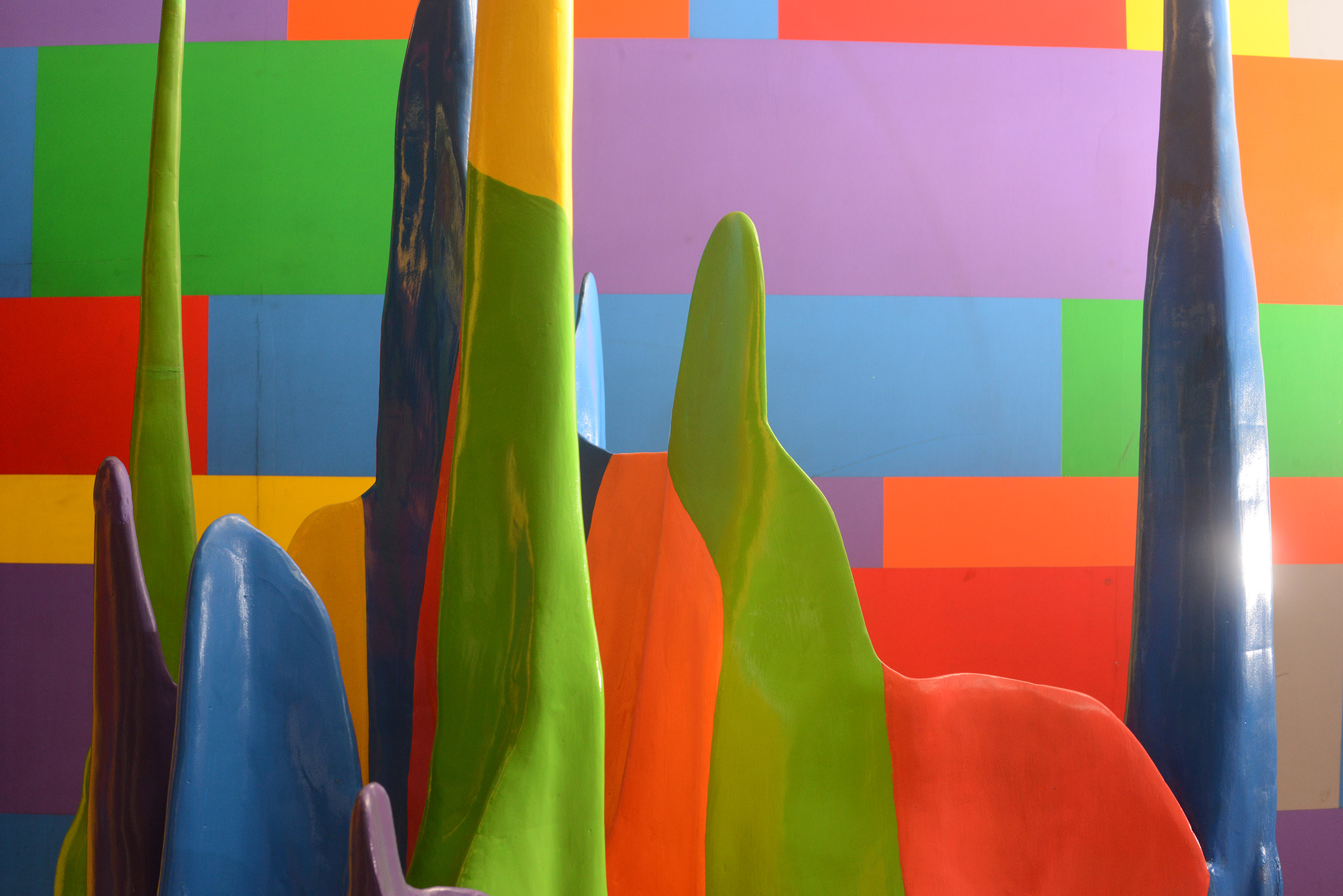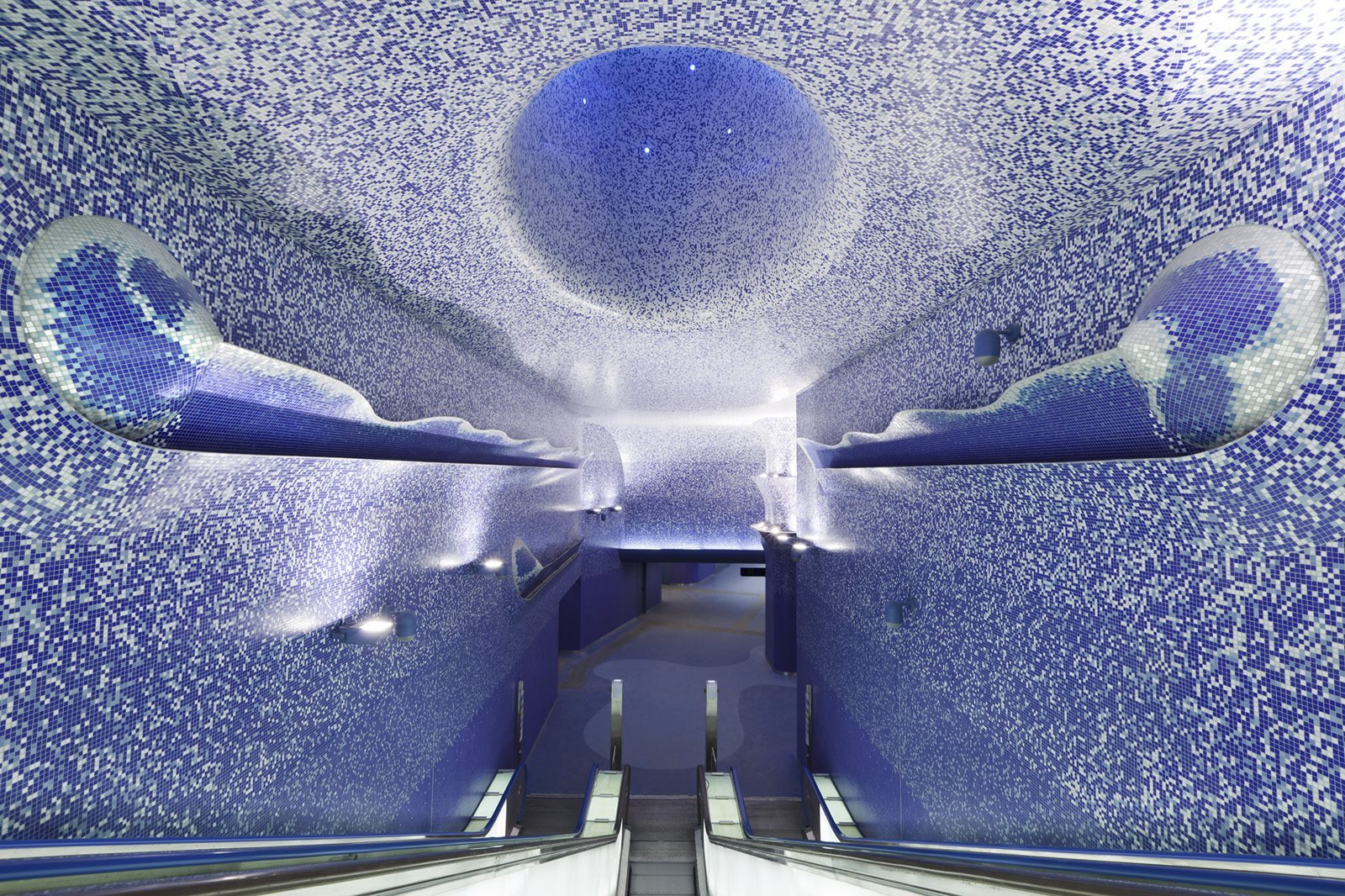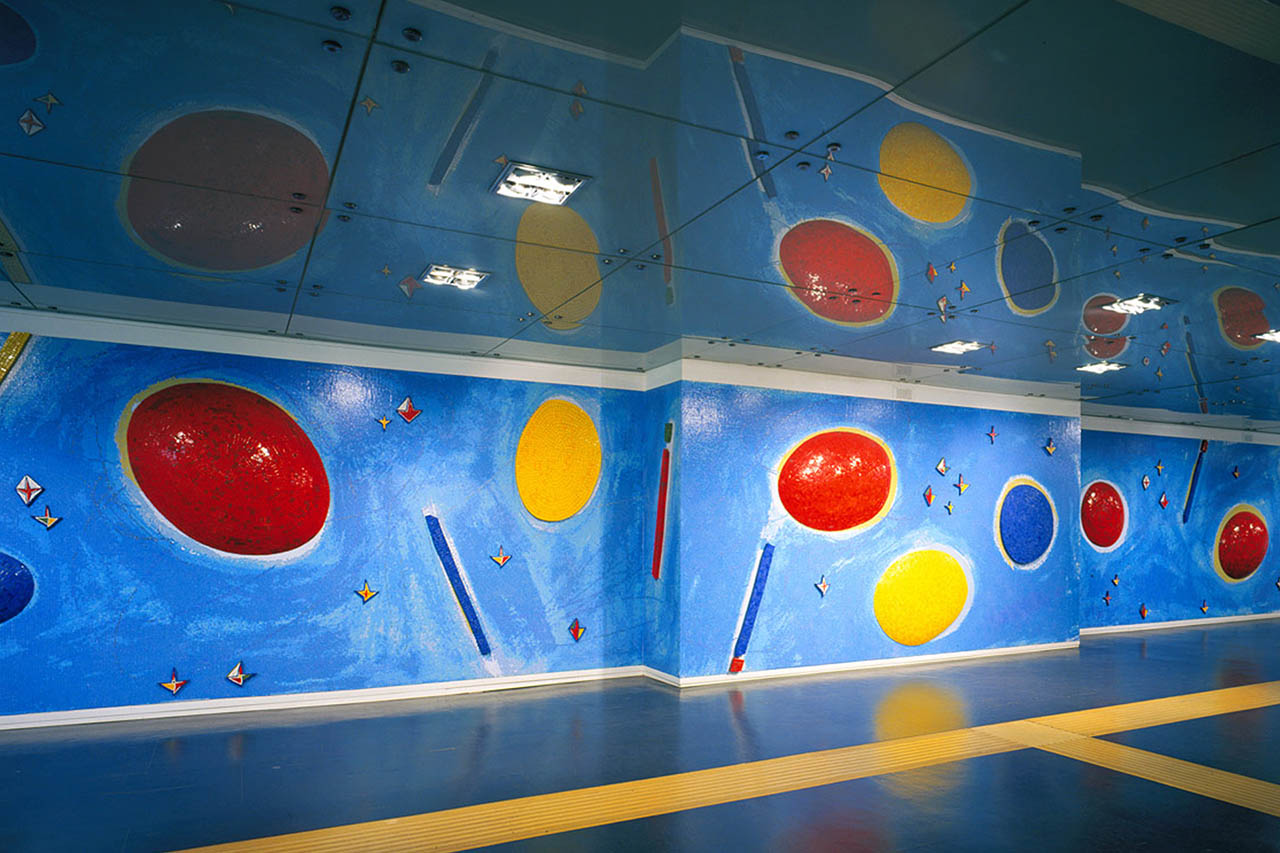In Naples, contemporary art travels by metro both inside and immediately outside its stations. These typically transitional areas have now become places where people can experience and “taste” contemporary art at any time of the day.
The Art Stations are essentially a decentralized museum, a stunning urban project promoted by the city administration that transforms transit spaces into unique and artistic environments. It’s a cultural experience worth more than the price of a ticket, covering 15 stations, each carefully designed in detail by internationally renowned architects and artists.
The full route allows visitors to admire around two hundred works by major artists, spanning from Arte Povera and Conceptual art to the present day. The most famous is Toledo station, inaugurated in 2012 and named by the British newspaper Daily Telegraph as the most impressive station among 22 major European metro stations.
What fascinates about this spectacular architectural project, designed by the Catalan architect Oscar Tusquets Blanca, is its mosaic surface made with Bisazza tiles.
A marine atmosphere is recreated in its various facets, from the black of the earth, to the ochre of tuff and stone, to the light blue of the aquifer and the azure of the sea.
A spectacular descent into the “abyss” of the station within the large “Crater de Luz,” which spans all levels of the station, accompanied by blue LED lights that blend with the filtered natural light from outside.
Accompanying passersby along the escalators are mirrored silver letters on large black panels created by Lawrence Weiner, who made etymological meaning his medium of expression. Weiner is among the artists who in the 1970s established the dominance of the “idea” and the “concept” over the physical creation of the work itself, which finds its interpretation exclusively through the observer.
The epigrammatic phrase reads: “Molten copper poured on the rim of the bay of Naples. / Rame fuso colato sulle rive del golfo di Napoli.”
How could we not mention Dante station by Gae Aulenti, featuring an installation by Joseph Kosuth, one of the pioneers of Conceptual and installation art who, since the ’60s, has focused on works exploring language as the definition of the artistic object. Here, a quote on visual perception from Dante Alighieri’s Convivio is reproduced using neon tubes.
Also within Dante station, we find works by major Arte Povera artists. Among these is an installation by Jannis Kounellis: iron strips resembling rails are fixed to a wall in which a coat, a hat, toy trains, and many pairs of shoes are embedded.
Many know him for his mirrors, which transform the mere viewer of the artwork into its creator, inviting them to enter the creative process. Here, inside the station, fragments of mirrors by Michelangelo Pistoletto are held together by red and black lines that recall the profile of the Mediterranean. For Garibaldi metro station, Pistoletto created Stazione, a series of mirrored steel panels featuring silkscreen images of travelers and passersby at life size.
Let’s move on to Vanvitelli station. Inside, you can admire two of the last works created by Mario Merz and the stars by Gilberto Zorio.
Merz’s large blue neon spiral is installed on the ceiling. It is a geometric representation of the Fibonacci sequence, which continues in another installation at the far end of the metro depicting prehistoric animals. Following this are the large steel stars made by Zorio, hanging on the walls of the intermediate level. The star, a symbol of energy and contrasting tensions, often appears in Zorio’s aesthetic, usually accompanied by the javelin, an object that evokes the historical origins of humanity and its ability to manipulate nature.
The final stop is Materdei, featuring the colorful walls by Sol LeWitt from his Wall Drawings series, geometric paintings with vivid hues, created directly on the walls in pursuit of a complete integration between art and architecture. The same color palette is used for Splotches, an installation made for the end of the corridor using software, based on a set of instructions provided by the artist.
Our journey ends here, but the artistic itinerary in Naples’ underground continues in many other places to experience and discover.
The extraordinary Stazioni dell’Arte project represents an important process of urban regeneration that has transformed bare spaces into captivating places, while at the same time offering the opportunity to experience art through an open exhibition route, allowing for a new and dynamic way to enjoy the artwork.


